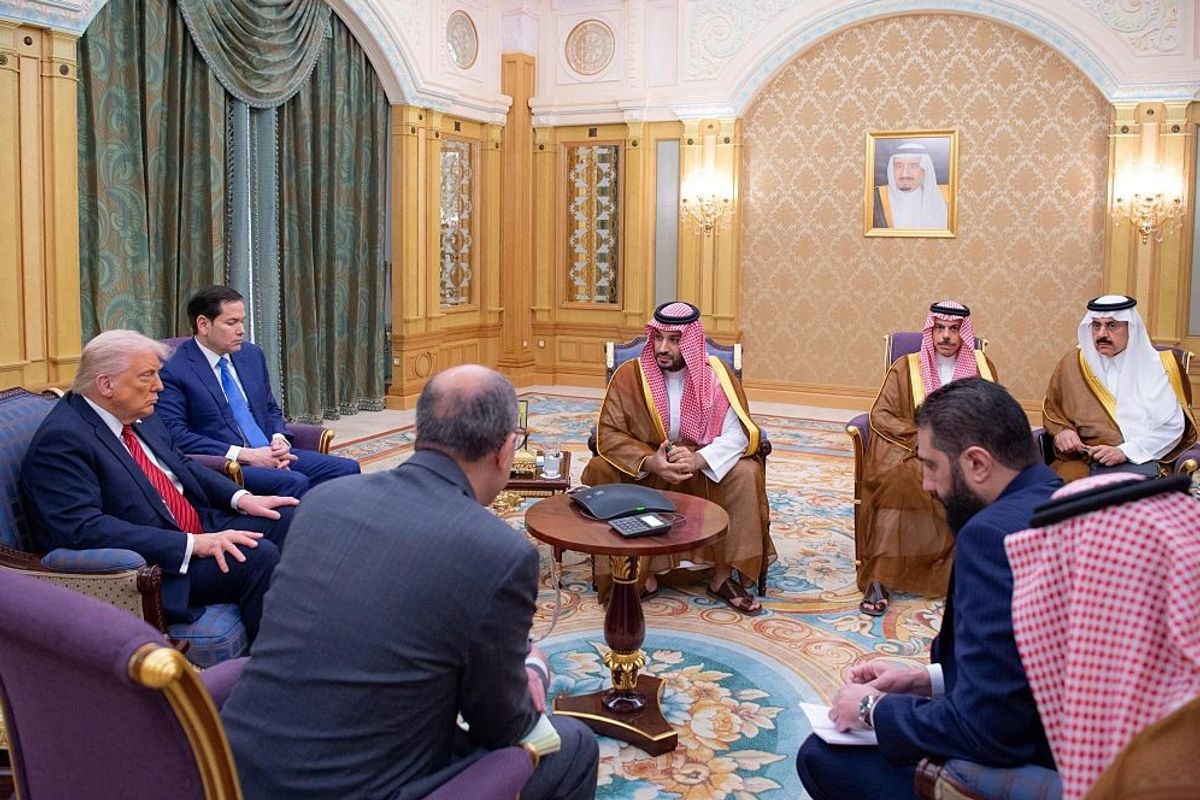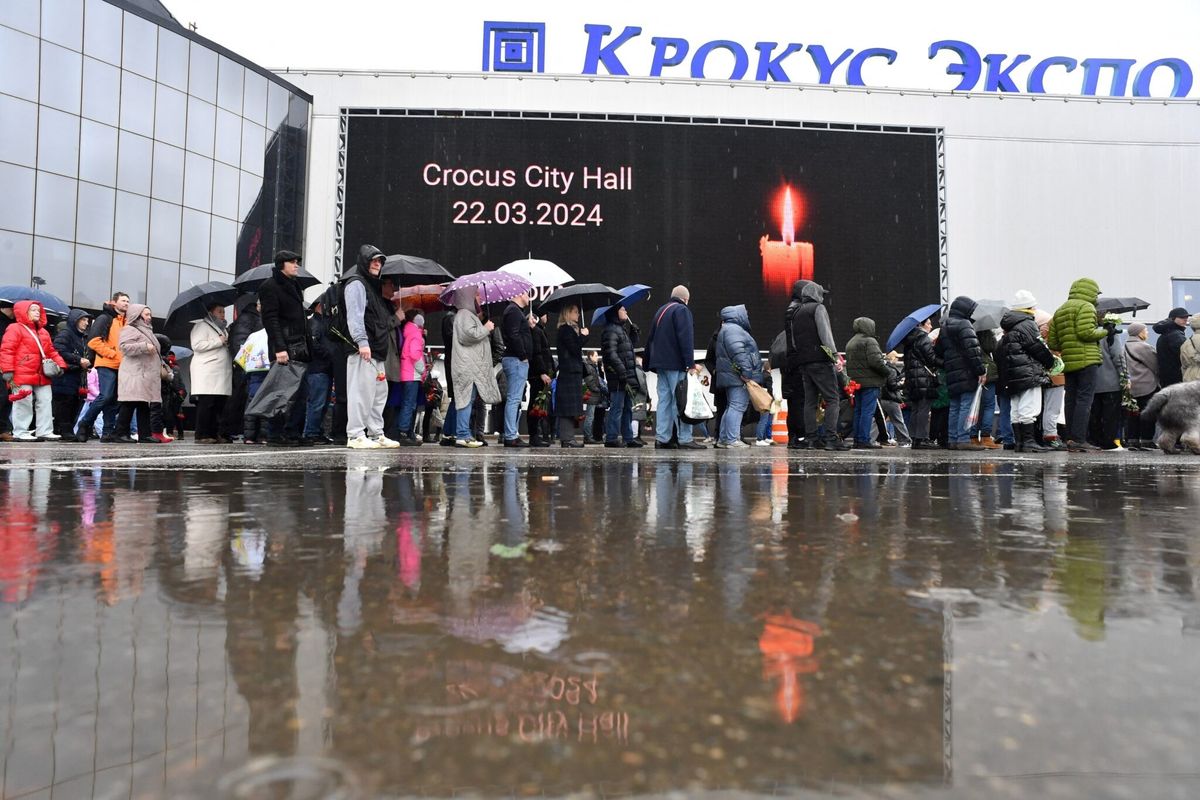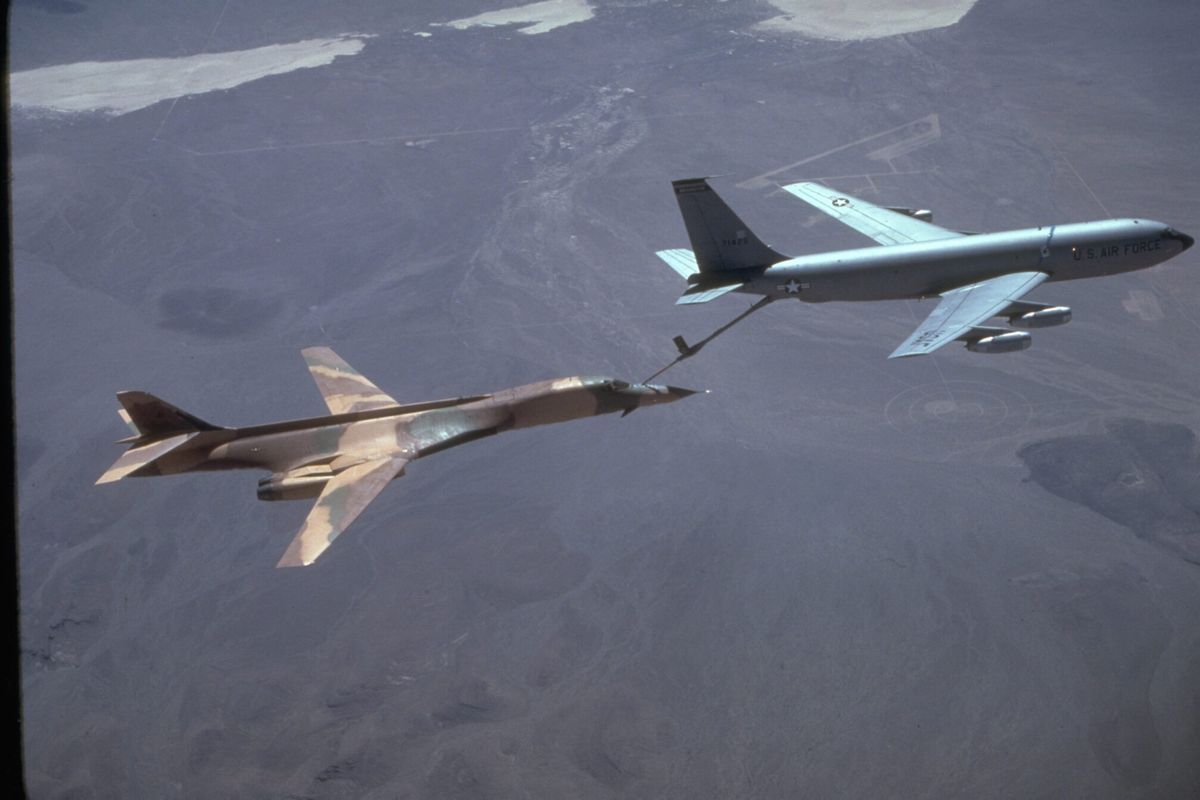As the Syrian Democratic Forces (SDF) squeeze the last remnants of ISIS forces in Raqqa with U.S.-led coalition support, Syrian government and Iran-backed militia forces are also making gains against ISIS in the Deir al Zour region in eastern Syria. With ISIS nearing the end of its rope in Syria, eyes turn to what the end-state of the country's civil war will look like. The Cipher Brief’s Fritz Lodge spoke to Aron Lund early this week about how the de-confliction zones of the Russia-led Astana process allow the Assad regime to choose its battles.
The Cipher Brief: What is the current balance of forces in Syria and what are the main trends that you’re seeing?
Aron Lund: The pro-Syrian government forces are basically winning. The war won’t be over any time soon, and there might be a limit to how far the Syrian government can get given that it’s weak and overstretched in various ways. The Russians and Iranians may be hesitant to put an endless amount of resources into the fight, and you also have the United States involved in the Kurdish areas, as well as Turkish troops involved north of Aleppo, and now in Idlib.
There are severe obstacles in [Syrian President Bashar al] Assad’s way, but the general trend is that the Syrian government now controls most of the population – the big cities, economic centers, etc. – whereas the rebel forces are being pushed into pockets of territory that are being dealt with one by one.
TCB: What do you see as the most significant Syrian government successes in recent months?
Lund: In recent months, the Syrian government has mostly been fighting in the east. There are flare ups elsewhere, and there’s been a fairly sustained campaign east of Damascus towards rebels there, but most of the main theaters in western Syria have been fairly quiet because of these Russian-brokered de-escalation deals, which have come as part of the Astana Peace Process guaranteed by Russia, Iran, and Turkey.
The Syrian government has used this to turn east and break the siege on Deir al Zor, where they have had a garrison throughout the war. Since then, they have moved through desert areas and now they’re going for Mayadin, which is another Islamic State-held city along the Euphrates river. Basically, they have taken a lot of territory in the east. These gains look more impressive than they are because this territory is mostly sparsely populated desert, but it’s still a significant shift in the war.
TCB: So opposition-controlled territory in and around Idlib, north of Aleppo, and areas outside the eastern theater are a bit more stable at the moment?
Lund: It has been relatively stable until now. There has always been some shelling, airstrikes, and other clashes but there haven’t been major government offensives or successful opposition attacks.
Now I think things might be changing because Turkey is moving in to Idlib. We will see how that turns out, whether there will be major fighting or it’s a more limited operation that will seek to de-conflict with jihadi groups there. But this does change the game a bit in that region, and we will see what happens.
TCB: Thinking about the Turkish government advances, what do you see as Ankara’s primary objective right now in Syria as the main opposition-aligned regional backer in the country?
Lund: What they’re out to do with this Idlib operation is still unclear, and how it turns out will probably depend on how Tahrir al Sham and other jihadis there decide to respond. It’s happening now so we may know more about that tomorrow or in a week.
More generally, the Turkish government has, for over a year, been recalibrating its approach to Syria. They realized that they’re not going to get rid of Assad given Washington’s lack of interest in achieving that goal, so they refocused on ending their very damaging diplomatic conflict with Russia in 2015 and early 2016 and trying to find a productive path forward that could help them preserve some influence in Syria and secure the border. Most importantly, they want to get rid of, or at least contain, the pro-PKK Kurdish groups that have seized territory along the Syrian-Turkish border – primarily the YPG, which is the primary U.S. ally in the fight against the Islamic State. This annoys Turkey to no end.
As the Turks have shifted their position in this way, they have de-emphasized the war against Assad. They still support rebel groups fighting the Assad government, but they’re now trying to steer these groups into something that more closely reflects these Turkish priorities.
Turkey also wants to do this in some sort of coordination with Russia, and that is the Astana Process, which began on December 30. That process has created de-escalation zones in a number of different areas, partially as a way to create space for further talks, but a big part of this for Turkey is just to have the Russians on board and cooperating with them, because they know they can’t do anything in Syria without Russian support – or at least acceptance.
Erdogan realizes that he doesn’t have a great hand to play in Syria. He is losing the war that he helped start in 2011 when Turkey went all in on the rebel side trying to topple Assad. Erdogan has basically given up on that I think, although he wouldn’t say this publicly. But he has adjusted to the new reality and is now just trying to prioritize Turkish interests. To do that, he needs to work with the Russians and Iranians.
TCB: Talking about the Astana Process, which has now almost completely eclipsed the Geneva peace talks, what do the other two guarantors – Russia and Iran – want to see come out of this process? What is their ideal end state?
Lund: I’m sure they can envision very ambitious end states, but they are also practical players trying to improve their position. They want Assad to stay, they want the opposition to fade away, and they want to retain their influence in Syria. Apart from that, they probably have different views on what Syria should look like after the war, but that is secondary to the fact that both need the regime to stay in some form.
Russia is clearly more in the driving seat with the Astana Process than either Iran or Turkey, but from a Russian-Iranian perspective, one positive result of this process is that Turkey is now getting involved with them in trying to achieve things that are not related to toppling Assad. The more they can pull Turkey in that direction the better.
For Russia, of course, it is also very important to have a key NATO country like Turkey wanting to seek favor with Moscow.
In terms of the war itself, what the Astana Process has done is to impose piecemeal de-escalation agreements for specific regions – one for Ghouta, one for northern Homs, one for Idlib, and so on. Actually, there are several deals in many regions. The Russians have had to conclude one with each major rebel group in the Ghouta region, for example, and something similar is happening north of Homs.
That basically means that Assad can cantonize the opposition holdouts and choose his battles by de-conflicting in one area and redirecting resources to another theater. The government has a huge manpower problem, but if it can pick one or two fronts at a time to focus on, then it can advance there and keep the rest quiet. This plays to Assad’s strength, while the rebels become more and more divided – sucked into Turkey’s strategy in the north, Jordan’s strategy in the south, and fighting amongst themselves in Idlib. Those rebels who don’t want to act as Turkey’s border guards in the north are basically forced to align with the jihadists in Tahrir al Sham, which is not an option with much of a future.
TCB: This has taken a lot of pressure off the Assad regime and allowed it to advance in the east, but the big question there is the United States, and whether it will continue to support the Syrian Democratic Forces – who are very close to the areas in which the regime is advancing – after they take Raqqa from ISIS. Once Raqqa falls, do you think the SDF will start to turn to some of these remaining ISIS territories that Assad is trying to take, and how will the U.S. – which fears the specter of Iran securing a stable border crossing through Syria into Lebanon – respond to that?
Lund: There has been a lot of talk about this – certain groups in Washington and the Trump Administration wanting to prevent an Iranian “land bridge” to the Mediterranean. That is something you can certainly try to do, but it would require an almost immediate escalation of U.S. military involvement to achieve that.
Ultimately there is no way that you can completely cut Syria off from Iraq and Iran without investing very serious resources in this conflict. Worst case scenario for Assad and the Iraqis and Iranians would be the U.S. keeping the base in al Tanf in the southeast – the Baghdad-Damascus road – and somehow securing the area around al Qaim and Albu Kamal, which is the other major border crossing to Iraq. But if that happens and the United States decides to stay and dig in – well, they’ll just pave a new road through the desert. It would take a while but Iran will have land access, you’re not going to deprive them of that unless Trump decides to go all in and own the whole Syrian-Iraqi border for years or decades to come. Judging by his past comments and unwillingness to be drawn further into the war, this seems very unlikely.
I do think that once Raqqa falls there will be a lot of SDF forces ready to be used elsewhere, and of course that’s going to be against remaining Islamic State territory. It might end up being a bit of a race for territory against the Syrian government, but I have difficulty imagining that this will turn into some all out campaign to seal off the border. Never say never, Trump has a history of taking drastic decisions, but I think this would be out of character for him.
TCB: As ISIS’ last days as a territorial power in Syria seem to be approaching, what comes next? What is the biggest conflict point you’re watching out for? Do you see the possibility for a longer term stabilization of the de-confliction zones that currently exist?
Lund: One of the big issues that will pop up is Idlib, and it is popping up now already because the Turks are moving in. That could be a game changer in this corner of Syria.
More generally, once the eastern areas fade from the headlines – that could take a while because there is still a lot of Islamic State territory to take – attention will naturally move back to western Syria where you have these de-escalation deals. They’re already not holding very well and it’s unlikely that the Syrian government will just leave these areas rebel controlled. It seems more likely that there will be new flare ups, and the government will use that to push for the complete destruction of these enclaves or take them piecemeal.
I expect we will see a mixture of negotiations and fighting, various types of pressure on rebels to accept Assad’s continued role. Fighting and talking, at this point, are just two sides of the same coin when you have these enclaves, which really don’t have a future politically speaking. I don’t think there’s any scenario in which these rebel-held areas are accepted formally by Assad or the outside world as being ruled by these rebel groups. They might be left for a long time because Assad can’t take them, or he’s busy doing other things, or because neighboring states prop them up for reasons of their own. They might worry about refugee flows if they fall, for example. But they will remain in kind of a sovereignty limbo, basically viewed by the outside world as being part of an Assad-ruled Syria but not currently under his control. There will continue to be problems and there will continue to be fighting there.
Last, and certainly not least, is the biggest of these enclaves, the Kurdish-led SDF ruled territory, which differs from the rest in some important ways. On the one hand, Assad may have an easier time finding common ground with the SDF than with Islamist-led rebels, but on the other hand, his Russian and Iranian allies don’t really see the SDF as a threat – only his Turkish enemies do. And of course the SDF also has one very powerful ally, the U.S. What happens to these areas is in large part, but not solely, up to the United States because as long as there are American military advisors and the U.S. air force in those areas, Assad cannot move against them.
At some point, the United States will need to decide what it wants to see happen in these territories, and how much it is willing to invest in making them viable and autonomous from Assad, and protected from Turkey.












